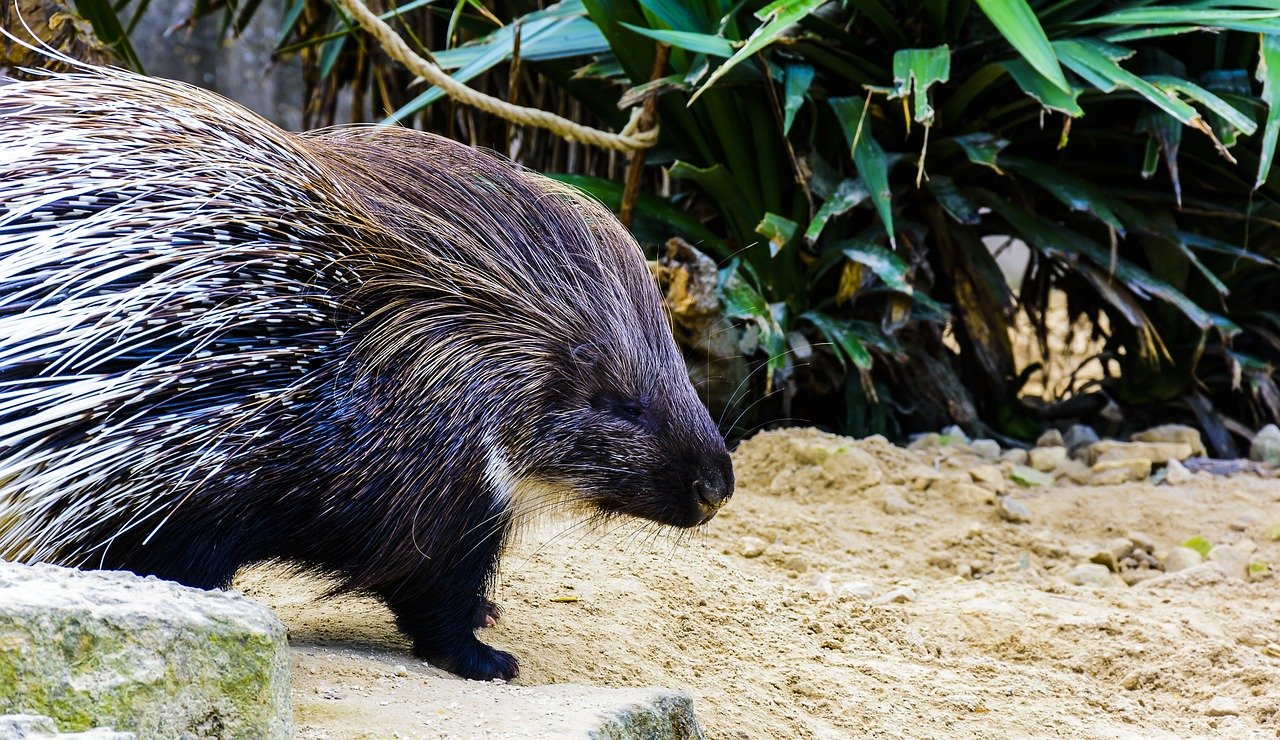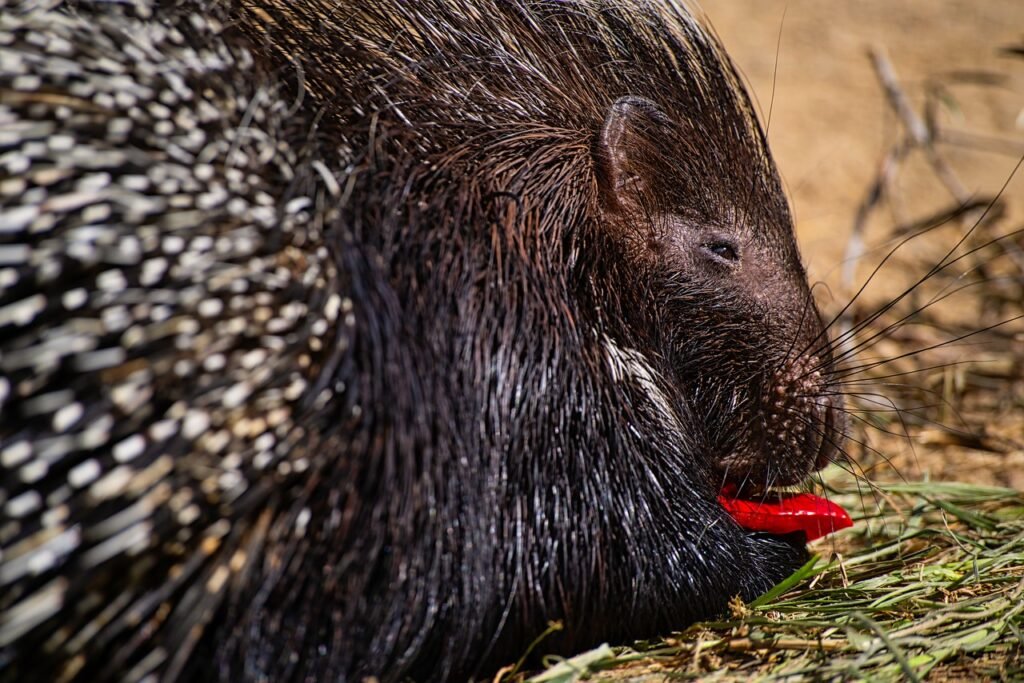Keeping your porcupine mentally stimulated is essential for their overall well-being. Problem-solving training games provide an engaging and enriching way to challenge your quilled companion’s mind, preventing boredom and promoting mental sharpness. In this guide, we’ll explore a variety of problem-solving games that you can incorporate into your porcupine’s routine.
1. Foraging Puzzles:
- Invest in or create foraging puzzles that dispense treats when manipulated correctly. These puzzles encourage your porcupine to use their problem-solving skills to access the rewards.
2. Hide-and-Seek Treats:
- Hide treats in different areas of their enclosure and encourage your porcupine to find them. This game not only provides mental stimulation but also taps into their natural foraging instincts.
3. Obstacle Course Challenge:
- Set up a mini obstacle course using safe materials such as cardboard boxes, tunnels, and platforms. Guide your porcupine through the course, rewarding them at the end. Gradually increase the complexity to keep them engaged.
4. Puzzle Feeders:
- Use puzzle feeders that require your porcupine to manipulate or roll the device to dispense treats. This challenges their problem-solving abilities and provides a rewarding snack.
5. Shape Sorting:
- Introduce a shape-sorting game where your porcupine must place objects (blocks, balls) into corresponding openings. Use positive reinforcement when they successfully complete the task.
6. Memory Games:
- Create a memory game by hiding treats under different cups or containers. Allow your porcupine to uncover the treats, testing their memory as they remember the locations.
7. Interactive Toys:
- Provide interactive toys that require manipulation or button pressing to dispense treats. This engages your porcupine’s curiosity and problem-solving skills.
8. DIY Foraging Boxes:
- Create DIY foraging boxes by placing treats in cardboard boxes with flaps that need to be opened. Your porcupine will enjoy exploring and figuring out how to access the hidden treasures.
9. Number or Color Recognition:
- Train your porcupine to recognize numbers or colors by associating each with a specific behavior. Use positive reinforcement when they respond correctly, adding an extra layer of mental challenge.
10. Treat Ball Roll:
Use a treat ball that dispenses treats when rolled. Your porcupine will need to figure out how to move the ball to access the rewards, combining physical activity with mental stimulation.
Tips for Implementing Problem-Solving Training Games:
1. Start Simple:
- Begin with easier games and gradually increase the difficulty as your porcupine becomes more adept at problem-solving.
2. Use High-Value Rewards:
- Use high-value treats to motivate and reward your porcupine for successfully solving problems.
3. Be Patient and Positive:
- Patience is key. Encourage your porcupine throughout the process, celebrating their successes with positive reinforcement.
4. Rotate Games:
- Keep the games interesting by rotating them regularly. Introduce new challenges to prevent boredom.
5. Observe and Adjust:
- Pay attention to your porcupine’s preferences and abilities. Adjust the difficulty level based on their individual skills and reactions.
6. Supervise for Safety:
- Always supervise your porcupine during problem-solving games to ensure their safety and well-being.
By incorporating problem-solving training games into your porcupine’s routine, you provide them with mental stimulation, prevent boredom, and strengthen the bond between you and your quilled companion. These games tap into their natural instincts, making learning and problem-solving an enjoyable and rewarding experience for your porcupine.



